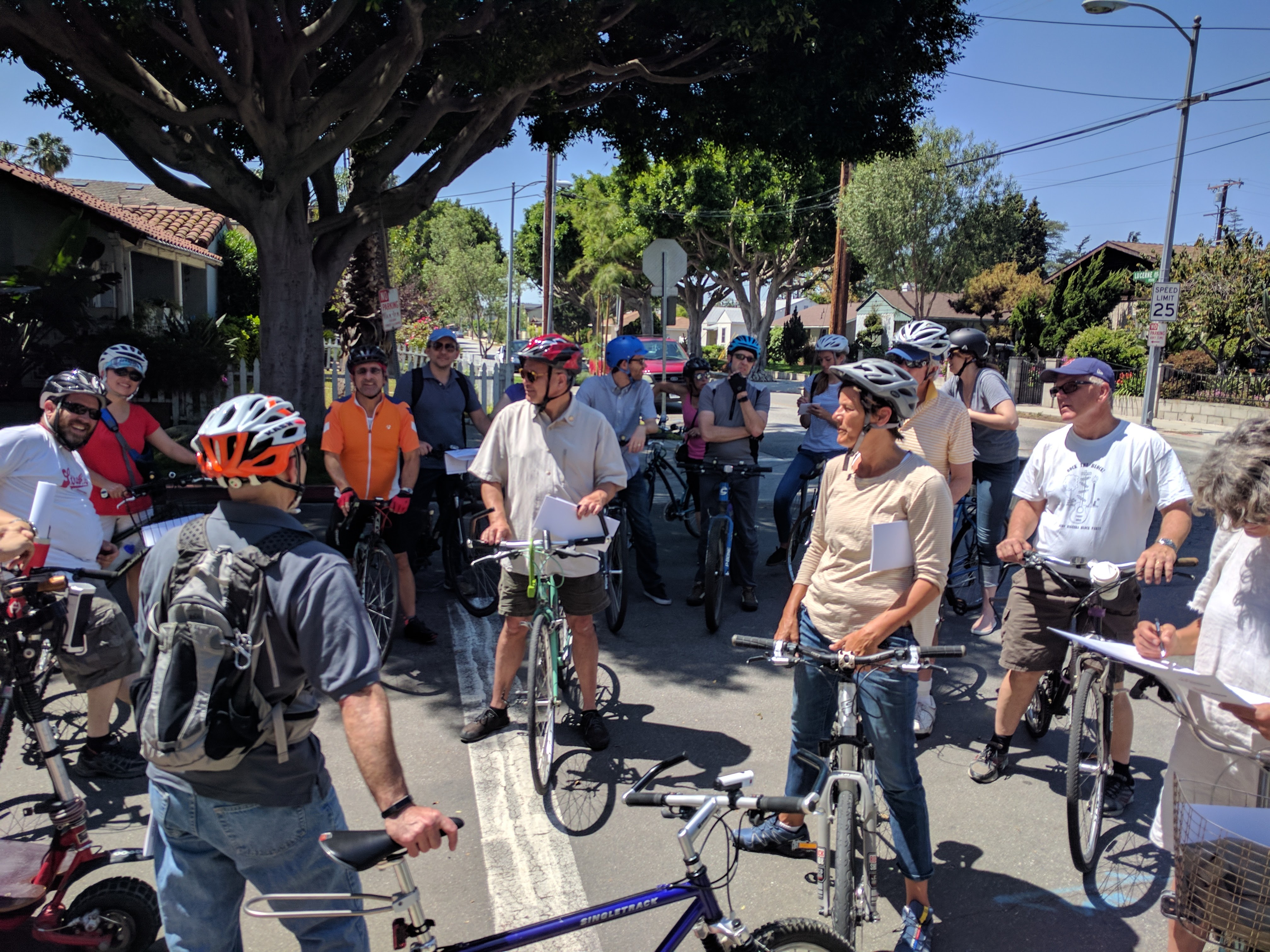Culver City in California has been engaged in planning and implementing a Transit Oriented Development (TOD) for approximately ten years. In this time the City has realized many of its original objectives, yet there is still a way to go until it can be considered fully multimodal.
Planners for the Culver City TOD have succeeded in creating a higher-density, transit-served neighborhood that now offers opportunities for high-quality housing, retail, and employment. Nevertheless, there is still work to be done to allow residents to embrace a fully multimodal lifestyle. Like many cities across California and the US, Culver City struggles to densify and to replace a car-driven development model with a multimodal one.
Steer Davies Gleave is part of the consulting team developing a new Transit Oriented Development Visioning Plan for the district around the Metro Expo Line station in Culver City. This station, which opened in 2012, has been extremely successful in terms of ridership but still experiences heavy traffic congestion in the surrounding area.
Steer Davies Gleave’s proposal is to help Culver City to build on its TOD successes, expanding the TOD model to encompass the whole city as a unified Transit Oriented Community over the next 10 years. For a community of less than 40,000 people, this could be a realistic goal. The intent is to shift the focus from private inward real estate development issues to a broader community-driven urban planning and design vision.
By design, a Transit Oriented Community allows people to drive less and to walk, cycle, and take transit more. In practice, this means concentrated, higher-density, mixed-use, human-scale development around frequent bus stops and transit stations, a goal already partially achieved in Culver City. It also means a well-connected and well-designed network of Complete Streets, linking the Expo line station with other important nodes and city functions. All of this must be accomplished while balancing the needs of regional and local vehicular traffic.
Incremental approaches by means of Complete Streets and tactical urbanism techniques can jumpstart a much larger public-private place-making vision for the City. This could set in place an innovative urban design framework and even become a model for the larger Los Angeles metropolitan region. We know from research and experience that how we plan and design our communities has a profound impact on travel behavior.
We also know that Transit Oriented Community design fosters transit use and supports other key sustainability goals, such as increased walking and cycling. A community shaped by this approach lends itself to a cost-effective transportation network and services, allowing people and goods to move more efficiently and to produce more value for each transportation dollar invested.
Transit Oriented Communities are adaptable and retain their value as great places to live, work, and visit, even as the surrounding urban environment and the needs of residents change. When communities provide high-quality transportation choices for people of all physical abilities, for example, they become resilient in the face of changing demographics, such as an aging population. When less energy-intensive modes of transportation are well-utilized, communities are more resilient to fluctuations in energy prices. Finally, Transit Oriented Communities can become a strategic opportunity for Culver City to beautify its core and strengthen its identity, by providing a meaningful public realm and space for sociability.

A bikeshop held in Culver City as part of the Visioning Plan
